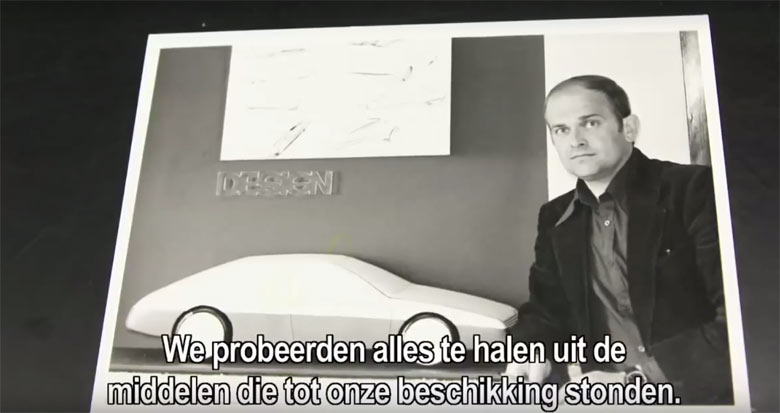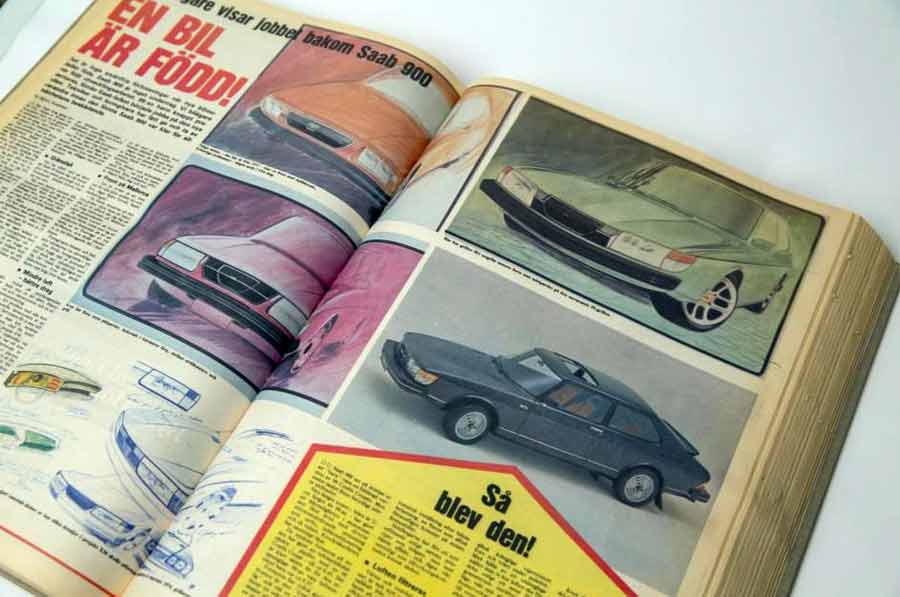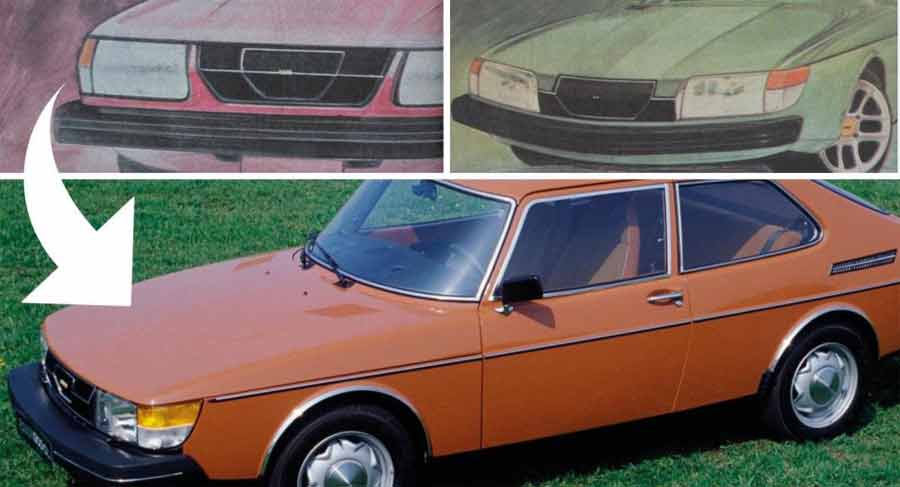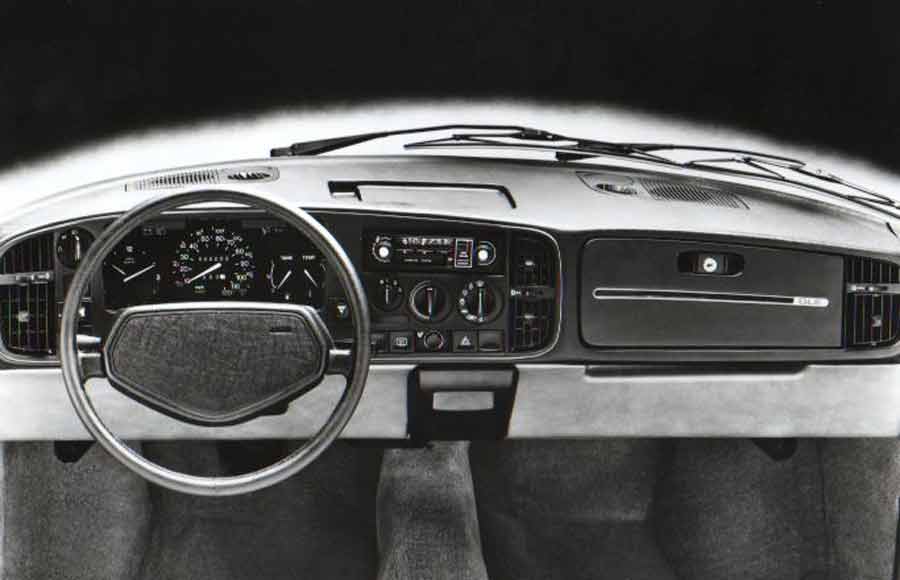The project was called X36 and started in the early 1970s when the Saab 99 was only a few years old. It was about the car that would be the next big thing – new Saab model.
At that time, the team of the Swedish car magazine “Vi Bilägares” had the opportunity to continuously follow the development of this project, until the moment of its presentation on 12 May 1978, for the 1979 model year. The journalist of this magazine, Björn Svallner, followed the development of the Saab 900 and presented his impressions and the whole story in the November 1978 issue, just when the new Saab 900 premiered.
Table of Contents
The Saab 900 Was Born on the Beach
The article in “Vi Bilägares” magazine contained several secret illustrations signed by Björn Envall, Saab’s design manager. According to Envall’s own information, he outlined the new car during his holiday in Mallorca. The design manager at Saab started sketching the new 900 during the holiday in Mallorca. For many Saab 900 fans, this information is a real gem – The design manager at Saab started sketching the new 900 during the holiday in Mallorca.

As Bjor then testified: “The first sketches on the new front emerged on the back of a poster I took with me down to the beach during the honeymoon…“. Even more interesting, The fact that Saab started the project with a replacement as soon as it debuted for the Saab 99 was partly due to new safety requirements.

The Apostrophe is on Car Safety
The Saab Development Team problem with the 99 was that the car was developed long before car safety got seriously on the agenda. Due to this fact, Stig Norling, head of the 900 body, was then intrigued by the question of what the project would look like if he had to design it from scratch. As you know, he did not get that, the Saab 900 was basically a Saab 99 that was heavily modified to meet future safety standards. That is why the front was extended by about two decimetres and reinforced so strongly. 900 was based on the Saab 99 chassis, though with a longer front end to meet U.S. frontal crash regulations.
X36 based on Saab 99
Basically, the design was otherwise very similar to the Saab 99, but the interior was of course completely new and 900 lined up features for both increased comfort and safety compared to the 99.
At that time, Björn Envall made lots of drafts of what the front would look like, some of which can be seen Below.

One of the proposals was to make the front part of shock-absorbing rubber material, as on the 1968 Pontiac GTO, but there was a risk that the material would crack in the heat during the drying of the paintwork. It also proved difficult to get the same color shade on the rubber front as the body plates.
Pioneering engineering implementations
As early as the 1950s Saab had considered whether or not a passenger compartment air (cabin) filter would be a good idea, but skipped further development due to space problems. In the Saab 900 they succeeded better, the car became the world’s first with a replaceable air cabin filter.
Also, The instrument panel (One of the most recognizable elements of this model – even later) was one of the sensations of the Saab 900, with all controls grouped close together for the driver and the entire unit, fastened with just four screws, molded in one piece that took up crash forces. The design of controls and hands was extremely clear and the dampers in the heating system were operated with vacuum, not wires – hence the typical “squeaking” when they were adjusted.

SAAB is the first manufacturer to assemble a complete instrument panel, incl. an air-conditioned housing on a steel beam outside the car and, with a lifting device, then the entire cluster was installed in its place in the cab. Fixed with just 4 screws.
The impact of the energy crisis
During the energy crisis of 1973–74, Saab envisaged the 900 getting an instrument that constantly showed the current fuel consumption, which is currently the standard feature of modern cars and their infotainment systems. Since Saab has a great deal of computer knowledge within the house, implementation would be relatively easy, but this was abandoned due to increased costs.
A similar history of Saab and Volvo models
It is interesting that both the Volvo 140/240 and the Saab 99/900 have such a similar history, despite the fact that the cars themselves are completely different. Both were introduced in the late 1960s. Both were updated in the 1970s (mainly in terms of security) and became 240 resp. 900. Both were bestsellers in the 1980s, even though they were basically 60s constructions. Both were discontinued in 1993…











